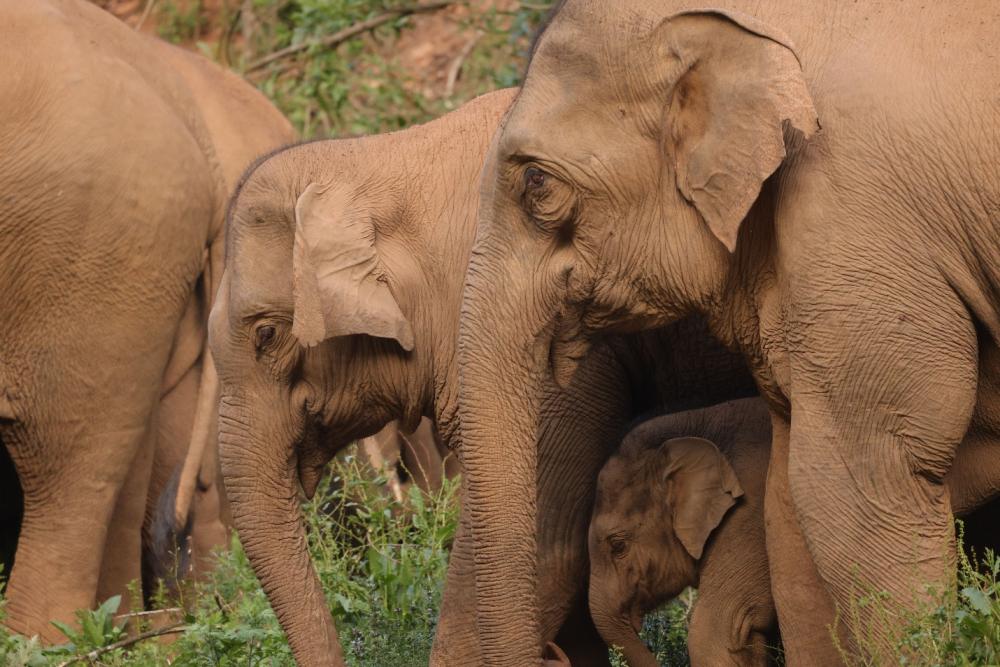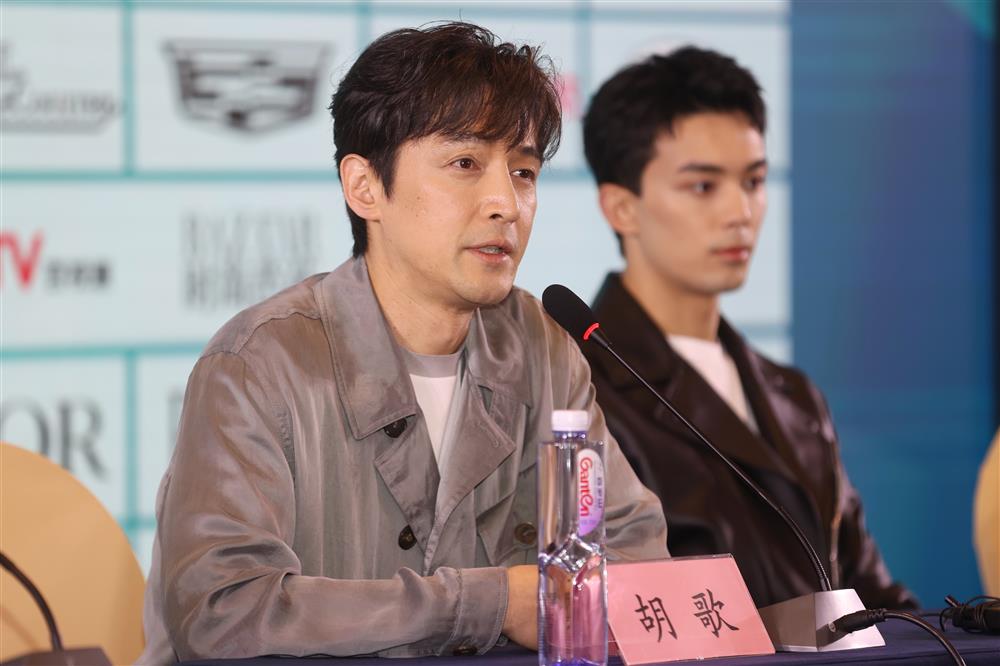How to dress up people and gods from three thousand years ago in the "Fengshen Trilogy"?, Exclusive | News on Styling for Fei Xiang and Li Xuejian | Styling | Exclusive | For Fei Xiang
As a member of the design team for the movie "The Legend of the Condor Heroes", designer Lai Xuanwu spent a whole year preparing, searching for the source of culture from bronze and jade artifacts. That was still in 2017, when director Ulsan and the art team had been working for a long time in the "Fengshen Trilogy".
The difficulty is obvious. The story of the "Fengshen Trilogy" takes place during the Shang Dynasty 3000 years ago, and no one knows the appearance of the costumes at that time. Fortunately, the director provided a clear idea, and the literary prototype of "Fengshen Yanyi" came from the Song and Yuan dynasty script "King Wu's Conquest of Zhou and Pinghua", which was ultimately written in the Ming dynasty. So, they mainly adopted the styles of the Song and Ming dynasties, and the patterns were taken from the Shang and Zhou dynasties. In order to better restore the aesthetic features of the time, it is necessary to distinguish the patterns of the Western Zhou and Eastern Zhou, even if these details may not be noticeable to the audience.
After a long period of academic research and complex production, Lai Xuanwu met with actors from films such as Fei Xiang, Li Xuejian, Yu Shi, and Na Ran in front of the screen. The first installment of "Fengshen" will be released on July 20th, and a nationwide special effects screening will begin from July 17th to 19th. On the eve of the film's release, Lai Xuanwu gave an interview to a journalist from Liberation Daily and Shangguan News, discussing the traditional cultural ideas behind these carefully designed and produced costumes: "Dressing up as kings, generals, and witches three thousand years ago, I found that traditional culture is far more diverse and colorful than we think. We should not limit what China is like, but look for what China still has, and what it may be."
The gift to the director is written as "I love you"
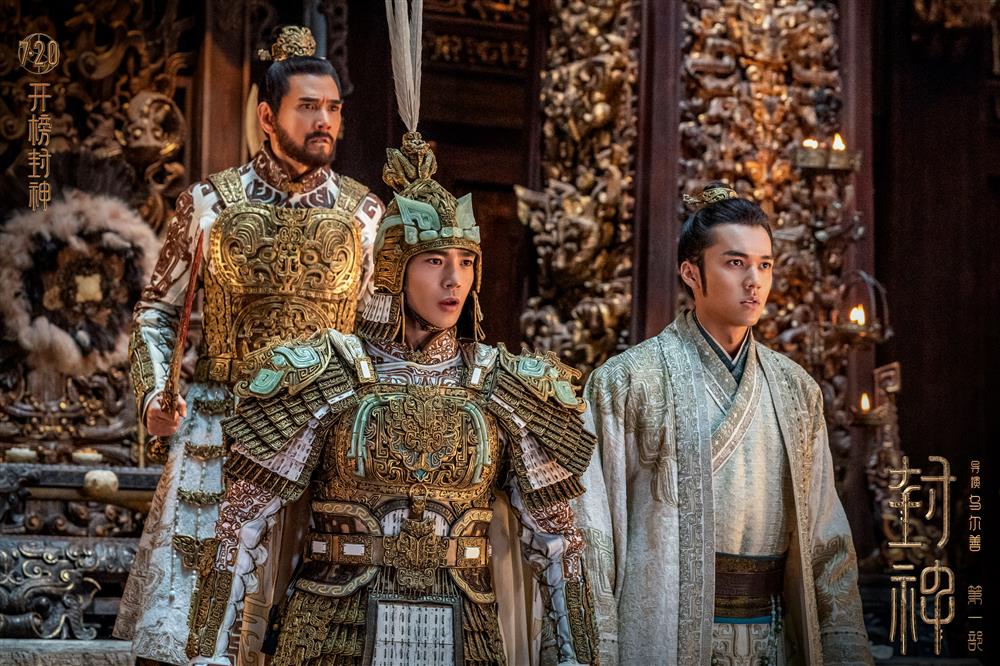
According to the news, the costumes of the TV series "Fengshen Yanyi" often follow a wild and imaginative path. The 1990 version of the TV series "Fengshen Bang" was once accused of wearing costumes similar to those of ancient Rome. Does the character design of "Fengshen" this time focus on realism or mythological imagination?
Lai Xuanwu: The style of the movie "Fengshen Trilogy" leans towards realism, especially the first one which lacks strong mythological elements. It tells the theme of family affection and emphasizes the concept of "going home". The comparison between the father and son families of King Shang and King Wen is the focus, with gods and demons ranking second, and the battle between gods and immortals is not shown much in the first part. Director Ulsan's pursuit of human nature is more than his exploration of the mythological world.
Looking at the news: How do you feel after watching the first installment of "Fengshen"?
Lai Xuanwu: What impressed me the most about "Fengshen Part 1" was the father son relationship between Ji Chang, Ji Fa, and Boyi Kao. Director Ulsan used a highly concentrated theatrical structure. Palace plays are somewhat like theaters, and for King Yin Shou of the Shang Dynasty, Su Daji was like a mask he used to disguise his ambition.
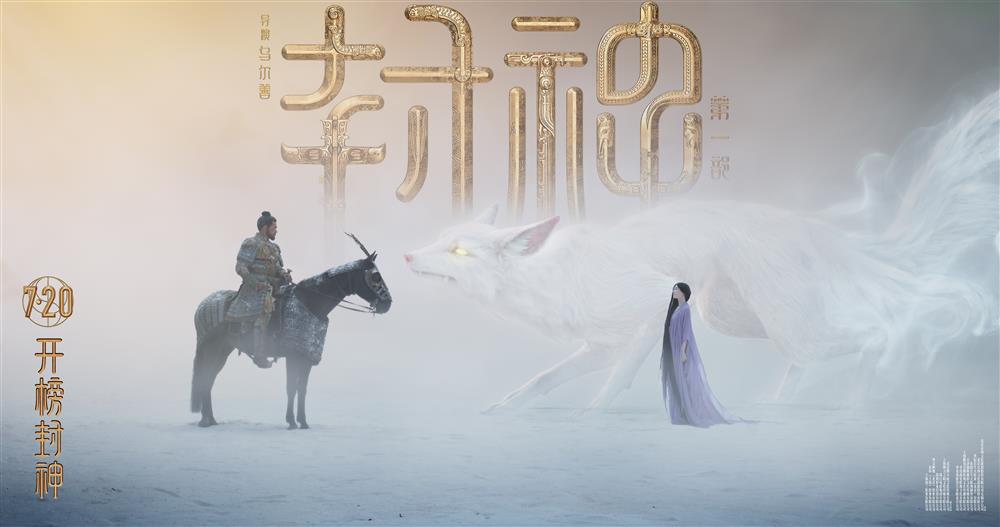
The excellent adaptations of "Fengshen Romance" are mostly about exploring human nature and emotions. What impressed me most was "Fengshen List" produced by TVB and starring Chen Haomin. The mother son relationship between Yin Shiniang and Nezha was touching. I have also watched the animated movie "Nezha's Demon Child Descends", and the struggle between humanity and divinity, identity recognition, and the tug of war between humans and fate are the most touching.
What is the difference between "Fengshen First Part" and other Fengshen themed film and television dramas?
Lai Xuanwu: Director Ulsan has created a classical tragedy of people fighting against fate, which starts from the core values of Chinese culture and tells the story of Chinese families and father son relationships. Zhang Yimou also used highly centralized dramatic structures in his films, "Curse of the Golden Flower in the City" and "Man Jianghong". The stories are linked one by one, and the relationship between the characters and the drama are full of tension. I really like this innovative expression with a classical temperament, I don't know if the audience can feel the beauty of it.
I majored in drama in college and heard that director Ulsan was studying ancient Greek drama. I found Yao Yiwei's translated and annotated Aristotle's "Poetic Annotations" on Confucius' Old Books website and gave it to him. This is the version I studied in college. The back cover of this "Poetic Annotations" has three oversized words "I love you" written by its former owner during a boring class. I felt a bit embarrassed, but I still gave it to the director.
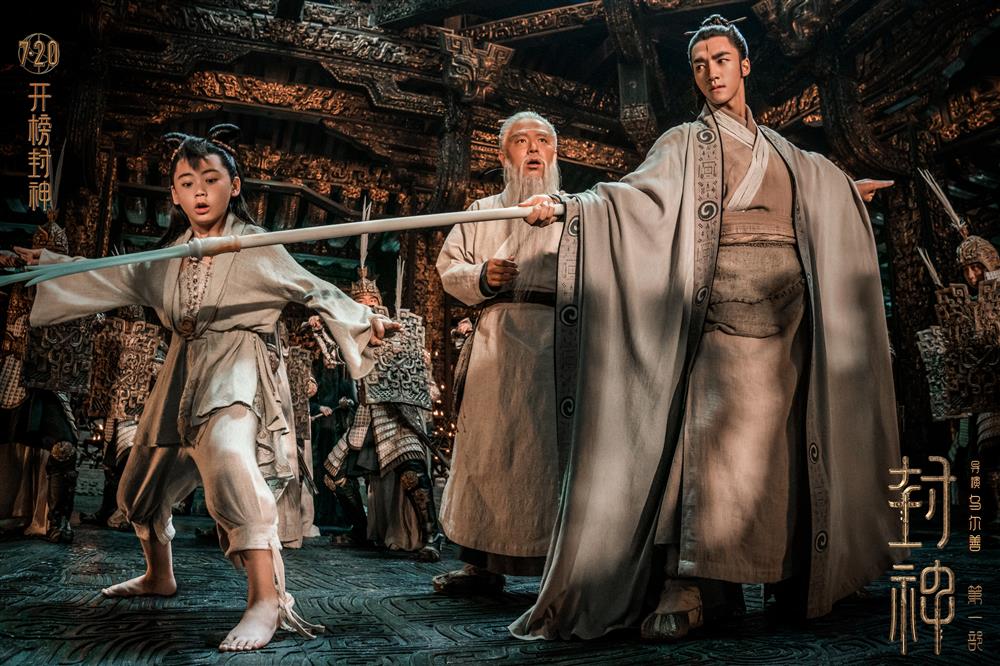
Fei Xiang is like a myth, "Bai" makes Naran become Daji
On the news: The "Fengshen Trilogy" gathers celebrities such as Fei Xiang, Li Xuejian, Huang Bo, Xia Yu, Yuan Quan, and Chen Kun. Which actors left a deep impression on you?
Lai Xuanwu: Fei Xiang is like a myth. The first time you see him, you will feel that he is a big star. Fei Xiang is very tall, and when he stands in front of you, his amazement will constantly expand and expand in his eyes. To be honest, I was quite nervous when I measured him.
I have met many celebrities, and Teacher Li Xuejian was the first one I took the initiative to ask for a group photo. I respect him very much. His portrayal of Xibo Marquis Jichang touched me the most. When we drew the design of Jichang, we used the face of Teacher Li Xuejian. At that time, we didn't know who would play this role, so we thought he was very suitable and he also performed the best effect.
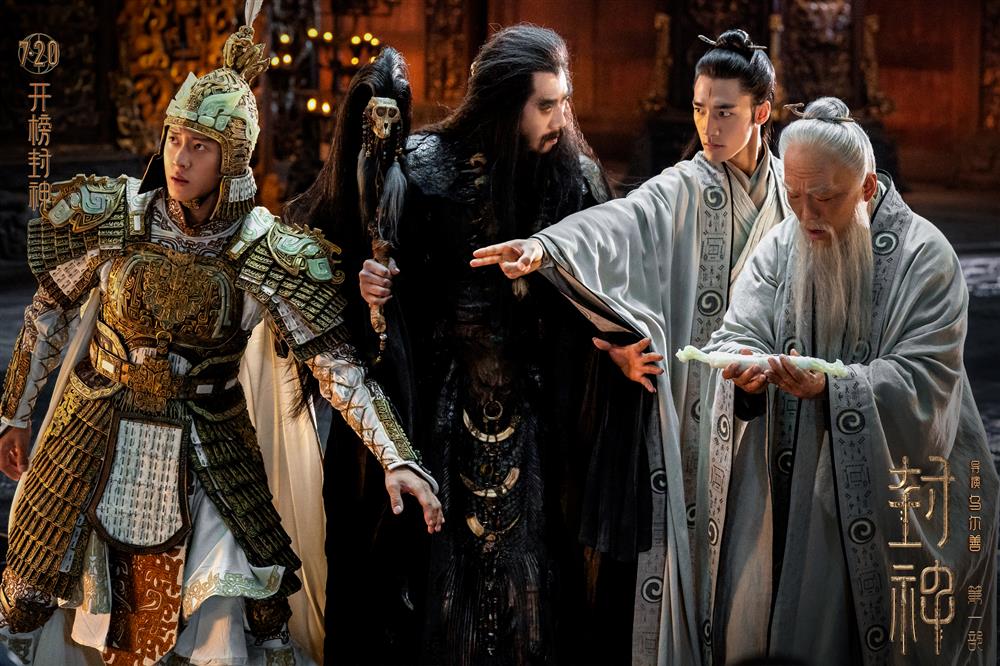
On the news: Newcomer Naran plays Daji, and her on-screen image is quite different from what everyone saw at the premiere. Why did the crew choose her?
Lai Xuanwu: There are many actresses coming to audition and choosing Naran. I guess the director has many standards for image and performance, but one of them may be her fair skin color. When Daji first appeared in front of Yin Shou, wearing a light lotus colored gauze robe and makeup, standing in the snow like a lotus flower, there was a strong black and white contrast with Yin Shou riding a black horse and wearing armor. The director said that when Daji wears green lotus, her skin is set off even whiter.
In the movie, the desire of Shang Wang Yinshou lies more in power than in his desire for Daji. Naran is beautiful and unconventional, with a special charm. The female assistant who dresses her said she would unconsciously be seduced by her.
Looking at the news: How to change Naran's appearance and make the audience feel the charm of Daji?

Lai Xuanwu: Regarding Daji, the art director Ye Jintian hopes to design from the perspective of "pure wildness beauty". Daji's clothing gradually explored in the process of transitioning from beasts to humans. At the beginning, the clothes were wrapped in loose and incomplete clothing, followed by a simple structure made up of one or two pieces of cloth, such as a belly pocket. Among the jade figures unearthed from the Yin ruins, one can see the axe shaped "knee covering" developed from a covering cloth. In ancient Egypt, Sumerian civilization, and early Maya civilization, there were also clothing developed from a piece of cloth.
With the strengthening of control over King Zhou, Daji's clothing evolved from a simple combination of cloth pieces to robes, with colors transitioning from meat powder and lotus root powder to vermilion, crimson, crimson, and jujube. The color spectrum from light to dark spanned from "Fengshen Part 1" to "Fengshen Part 3". We drew design inspiration from Wu Daozi's "Eighty Seven Immortals Scroll".
Looking at the news: In the first part of "Fengshen", which piece of clothing from Daji is the most exhausting?
Lai Xuanwu: Each has its own difficulties, and my first reaction was the bright red dance robe that Daji was wearing. The dance robe combines two techniques, wool felt and knotting, using silk chiffon as the base. After dyeing mulberry silk with wool fibers, it is manually stitched with a single needle to attach it to the silk chiffon. This wool felt style handmade fabric is very time-consuming and labor-intensive, with six people working at the same time, taking almost a week to complete a robe. Knot decoration is a process of interweaving multiple strands of silk back and forth, repeatedly pulling, adjusting, tightening, and shaping. The biggest difficulty lies in the fact that in addition to the complex arrangement structure, knot decoration requires regularity and symmetry, and one wrong step must start from scratch.
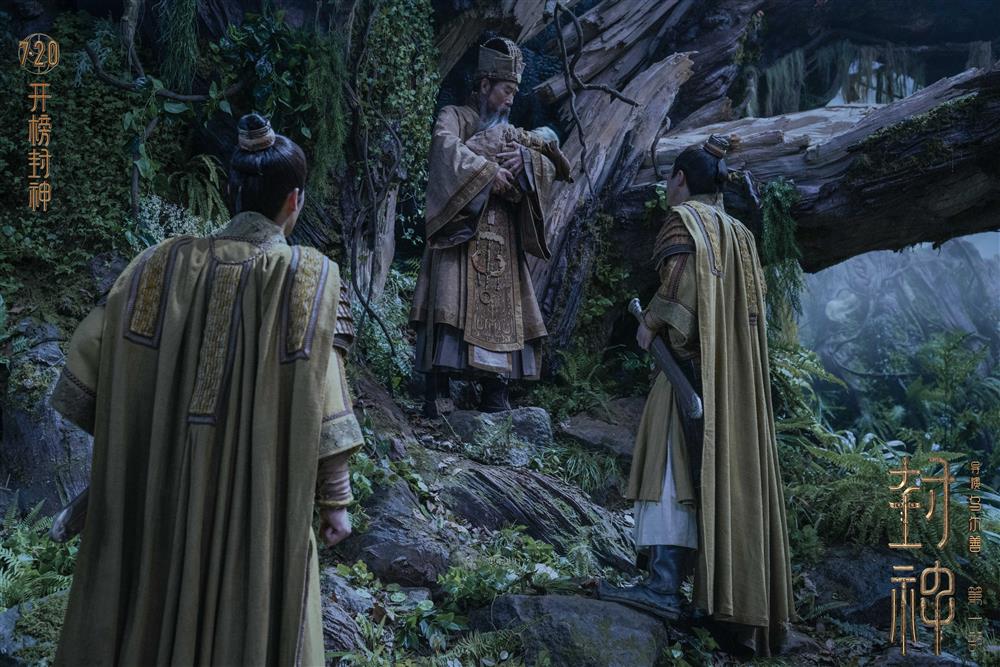
Looking at the news: The first installment of "Fengshen" features young actors such as Yu Shi, Chen Muchi, and this sand, playing important roles such as Ji Fa, Yin Jiao, and Yang Jian. What are the challenges in styling them?
Lai Xuanwu: These young male actors were brought in by Director Ulsan from various places. Most of them have no acting experience, and when they joined the group, they didn't have as much muscle as they do on the screen now. They undergo long-term physical, equestrian, acting, and strength training to cope with high-intensity performances, also to match the clothing style.
Without a strong physique, one cannot wear the armor of the "Fengshen Trilogy". These armor pieces are made of imitation rhinoceros leather, which is very thick and weighs several tens of pounds. The director requested the use of imitation rhinoceros skin as armor, as some argue that the prototype of the unicorn is a rhinoceros, which carries the meaning of a divine beast.
Looking at the news: What unforgettable memories do you have when styling young actors?
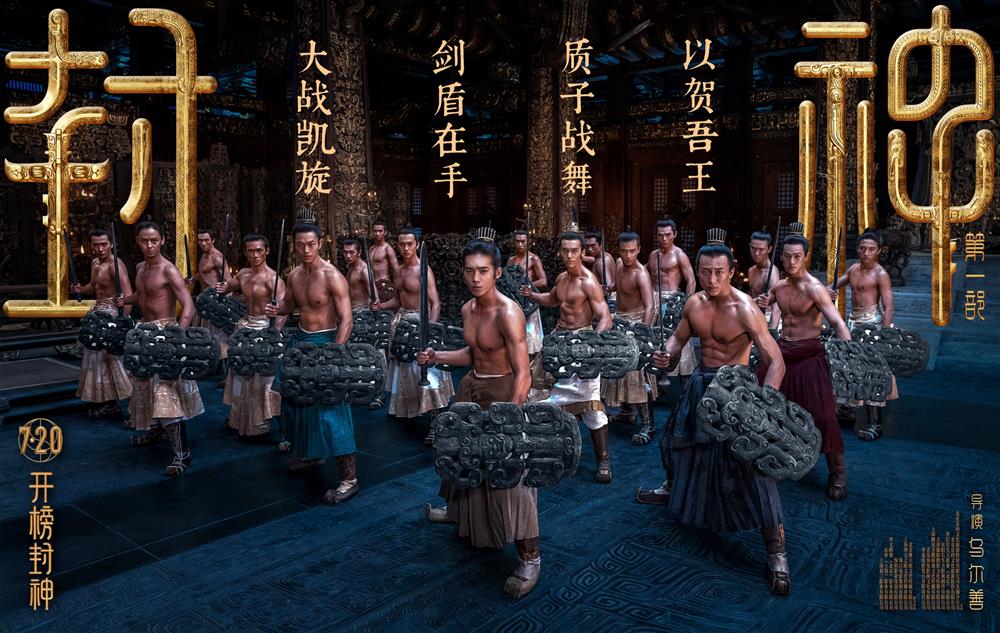
Lai Xuanwu: This Sha, who plays Yang Jian, and Chen Muchi, who plays Yin Jiao, both have ethnic minority ancestry, and their hair has some natural curls. To give them a typical ancient costume style, they must have their curls all permed straight. Fei Xiang is of mixed race, and he and Chen Muchi have some Western facial contours. In the film, they are father and son, and the roles of helping each other are established, which is quite interesting.
Young actors are all focused on the "Eternal Trilogy", and we require them to keep long hair and blend real wigs together for easy styling. Using actors with real hair, the edges of the hairline are more natural than wearing a headband, saving a lot of makeup time. Actors in costume films use headsets because they need to make up regularly. Applying glue to the edges of the headsets can easily wear out the screen lens and require post production editing.
Seeking inspiration from cultural relics, literature is just a reference
Shangkan News: "Fengshen" involves the overthrow of King Wu of Zhou, the changes in the Yin Shang and Western Zhou dynasties. How can political power and historical changes be highlighted from the perspective of clothing?
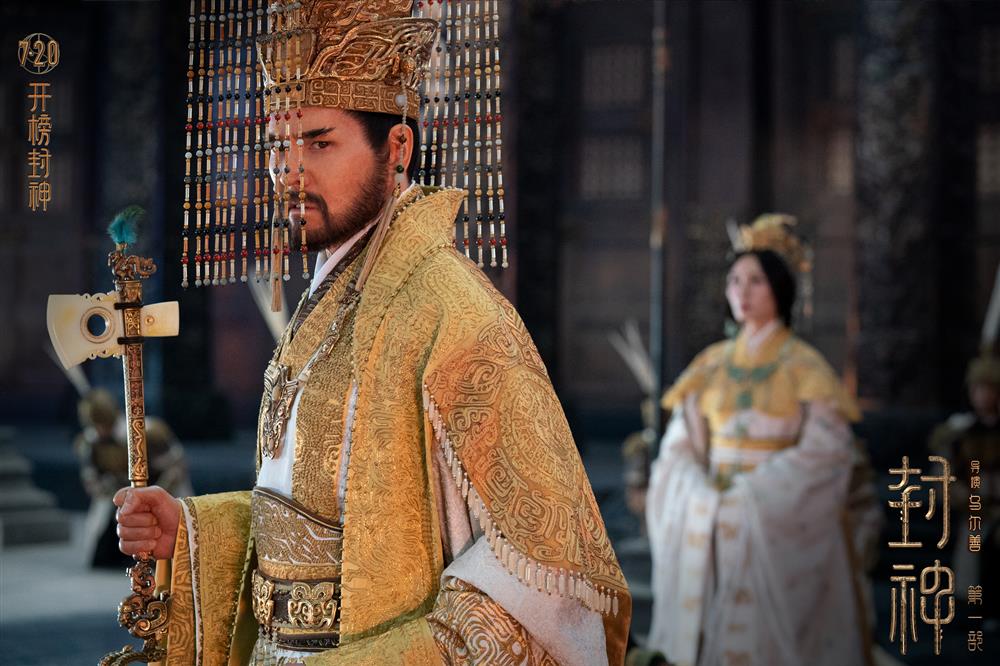
Lai Xuanwu: Movies use the "Five Elements and Five Colors" to distinguish countries, regions, and cultures. The merchant is still white, and the Yin Shou coronal attire, Jiang Wanghou formal attire, Daji formal attire, proton armor inner robe, and royal guard armor are mainly white, paired with gluttonous patterns carved with bronze accessories, and golden silk embroidery. Xiqi is a fiefdom mainly for agriculture, with coffee and earthy yellow as the main colors, and the pattern is a black bird. Dongbo Marquis Jiang's fiefdom is located near the sea, relying on fishing for a living and still green. The Northern Marquis's attire is gray, representing the vast sky and vast earth of the north, with tiger patterns as the main motif. The southern fiefdoms are set as densely forested areas, where elephants are the main means of transportation. Therefore, their clothing color is red, their totem patterns are elephants, and their armor is mainly made of vines.
There were no clothing related cultural relics passed down in the Yin Shang Dynasty, and bronze ware only had totem symbols such as gluttonous patterns and coiled dragon patterns, without human images. The only thing that can see the image of a "merchant" is jade. In the Shang Dynasty jade artifacts, there was a type of jade figure used as a burial object, with a cut hair and tattoo, wearing a crown resembling an animal with antlers, somewhat resembling the Maya civilization, which is completely different from the traditional Chinese clothing we know. When I saw the jade figure, I suddenly realized that many ancient Chinese systems such as clothing and etiquette began after the Zhou Dynasty, and the Zhou people laid the foundation for the basic appearance of China's future generations.
The cultural relics of Yin Shang jade figures unearthed from Fuhao Tomb
Looking at the news: Does the novel "Fengshen Yanyi" have detailed descriptions of the characters' appearance and clothing, which is of reference value for movies?
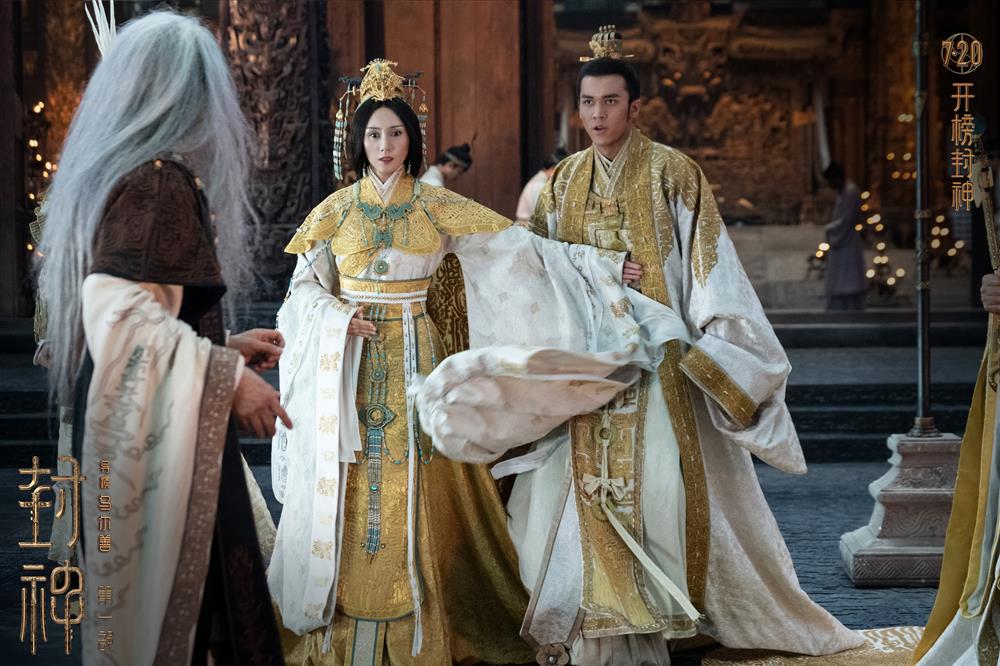
Lai Xuanwu: Director Ulsan wants to use the visual symbols of traditional Chinese culture to depict the image of deities, based on important paintings in Chinese art history. He believes that searching for images is more efficient and reliable than searching for written records.
The director said that female characters in the "Fengshen Trilogy" can refer to the "87 Immortals Scroll", and the costumes of male characters, especially those in the palace and temple, can refer to the Yongle Palace mural "Chaoyuan Tu". Nezha and Yin Jiao referred to the painted sculptures of Shuanglin Temple. The "Fengshen Trilogy" involves some monster images, and the director asked us to find Song to paint "Soushan Tu", which portrays the story of Erlang God searching for mountains and subduing demons. The character Yang Jian played by this sand has a half armor style that originated from "The Search for Mountains".
Compared to "Fengshen Yanyi", I read more literature materials such as "Zhouli" and "Zhouyi". If I were to do another film and television drama with the theme of Fengshen, I would try to find inspiration in literary texts.
On the news: You frequently mention cultural relics such as the "87 Immortal Scrolls". What is their value?

Lai Xuanwu: "The Eighty Seven Immortals Scroll" is stored in the Xu Beihong Memorial Hall. Some people say it was painted by Wu Daozi of the Tang Dynasty, but it doesn't really matter whether it was from the Tang Dynasty. Interestingly, this picture can trace various ancient clothing styles, with detailed and gorgeous paintings of tops, bottoms, and ribbons. The hairstyles of the characters in the "Fengshen Trilogy" will also refer to the headgear depicted in the "87 Immortals Scroll", which visually represents the common aesthetic memory of the Chinese people.
When viewing cultural relics, I made a breakthrough in my understanding of traditional culture. No matter which dynasty, the emperor's clothes were all derived from the Book of Rites of Zhou, which proves the continuity and unity of traditional Chinese culture. When looking at the Chu culture mask in Sanxingdui, we also discovered some unique aesthetic forms used in the "Fengshen Trilogy", such as the head crown of Da Siming Bigan containing elements of Chu culture.
Building a Chinese Eastern Aesthetic Film System
Looking at the news: As a major production in the film industry in recent years, what is the workflow of clothing design in the "Fengshen Trilogy"?
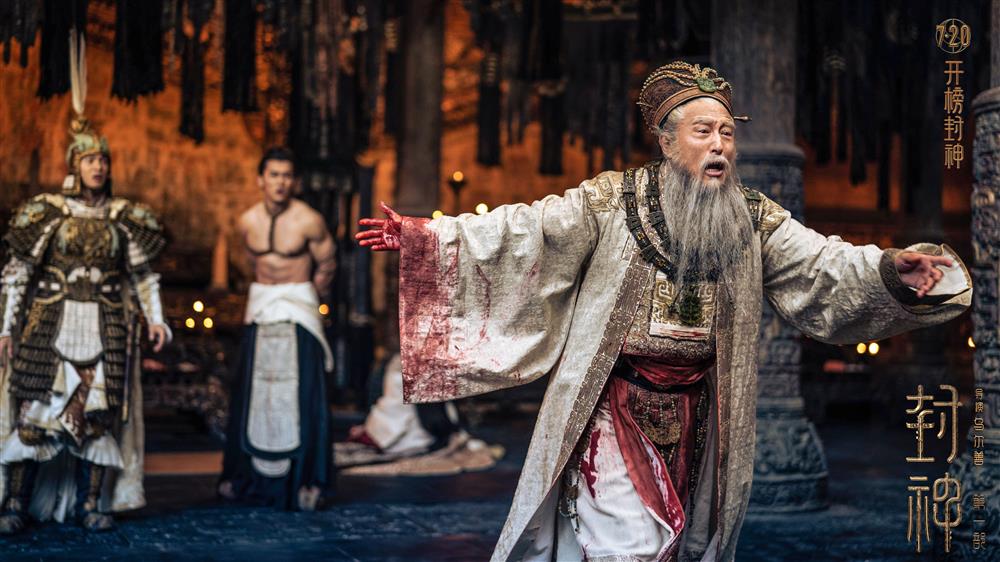
Lai Xuanwu: The division of labor in the "Fengshen Trilogy" is very detailed. The director first asked the artist to create a conceptual diagram, and clothing design is just one part of it. Director and art and styling director Ye Jintian grasp the design spirit and overall presentation, and I need to think about how to integrate and produce finished products.
Just kidding, I don't want to make such complicated clothes anymore. For example, armor, the armor pieces imitate white rhinoceros skin, and some armor uses shells. Each piece of armor undergoes new changes as the war progresses. In terms of helmet decoration, the four great noble families have their own differences. Some are bronze gourmet decorations, while others are made of vines and use fish or snake skin elements to symbolize dragons. No one knows what a dragon really looks like, let alone its skin. I must find a way to graft it. Elephant bones and ivory products cannot be made from real objects, and special materials need to be used to create molds. There are also jade carvings and gold wrapped jade... Finally, these ancient elements are implemented one by one in clothing and accessories, concretizing conceptual images.
Looking at the news: What are the thoughts on creating Eastern aesthetics in the "Fengshen Trilogy"?
Lai Xuanwu: Teacher Ye Jintian once said that many Hollywood special effects are generated using software, such as the facial changes in "Mummy". If you want these special effects, you need to buy their paid software, but Chinese style special effects should have their own characteristics. The ancients believed that many invisible things were the most terrifying, and that being invisible in darkness and chaos was the most terrifying.
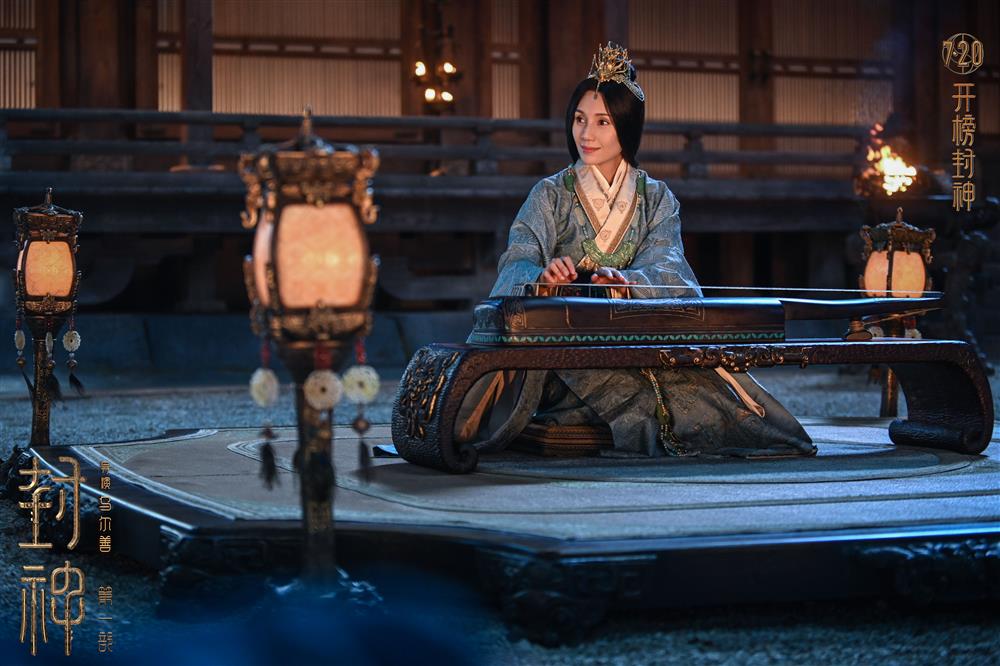
During the production seminar, a scholar also mentioned that China has developed a unique aesthetic form from Pangu, and the development of special effects aesthetics in Chinese cinema requires starting from the root to find a new path. It would be better to use our own post production system.
Looking at the news: What do you hope the audience can feel from the "Fengshen Trilogy"?
Lai Xuanwu: The Yin Dynasty was just a carrier, carrying the integrity of the Chinese people and their thoughts on the country, emotions, and family relationships. Don't carry too much historical baggage while watching movies. Look at ancient myths from human emotions and return to human nature. There is a line in the film that goes, "It doesn't matter whose son you are, who you are is important." It implies the core of the story.
